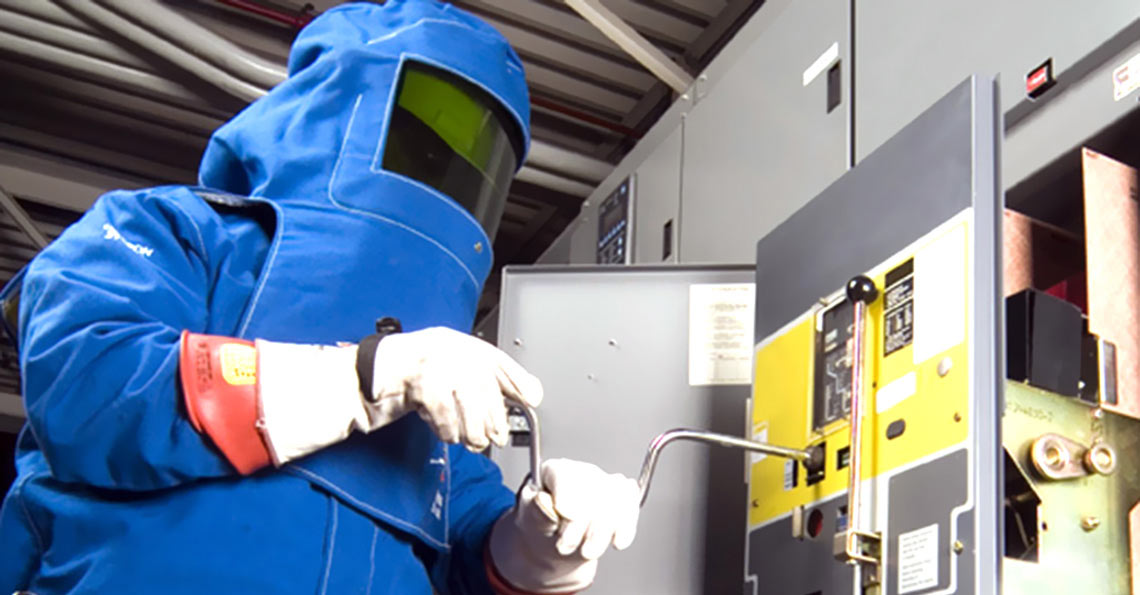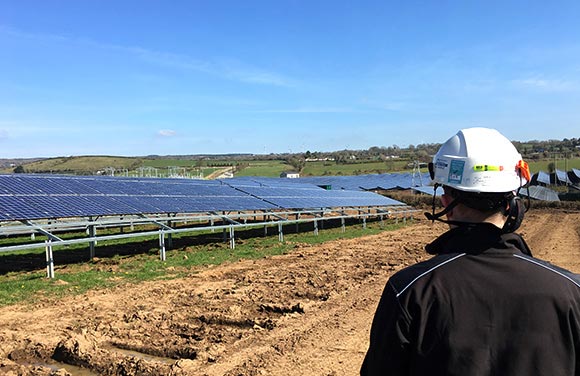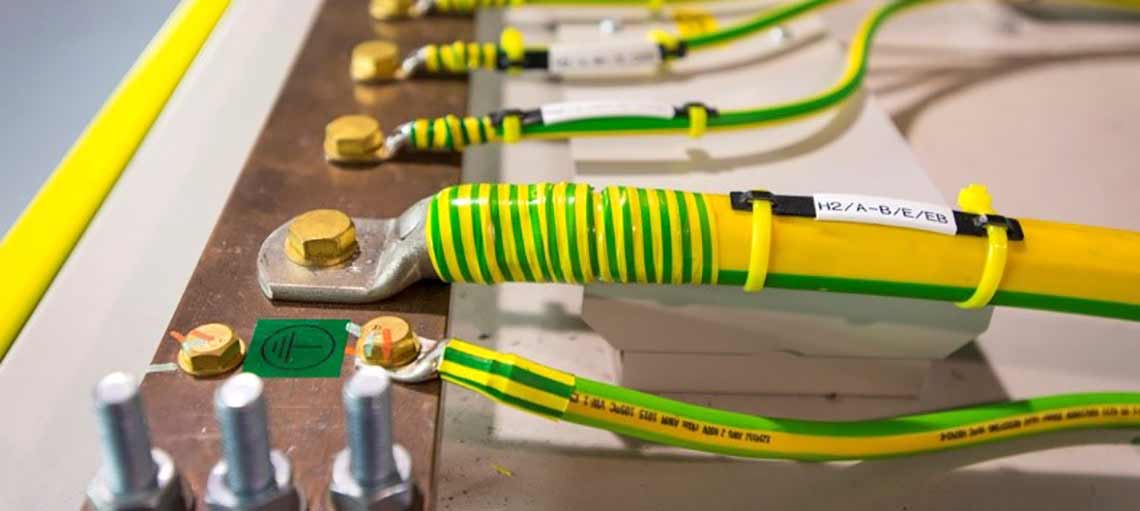
Arc flash hazards can result due to various reasons, including dropped tools, inadvertent contact with live conductors, build-up of conductive dust, corrosion, and ineffective safety procedures. Arcs are produced when electrical current flows through an ionized air channel as a result flashover or a short circuit. The result could be significant heating which has the potential to cause severe burns and injuries. The electrical industry in Australia is acknowledging that arcing faults can:
- That the release of dangerous levels of radiant heat energy can cause severe burns and ignition of clothing, the result may be a treatment that requires several years of skin grafting and rehabilitation or often fatalities.
- Spray droplets of molten metal, with the explosion distributing the molten metal and shrapnel produced by the arc over a large area.
- Produce high pressure waves (blast) that can potentially throw workers across the room and knock them off ladders etc...
- Cause permeant hearing loss due to the high intensity sound waves associated with the arc.
Developing and implementing an ongoing arc flash hazard program which meets the new regulations noted in NFPA 70E, IEEE-1584, and the current WHS regulation can be challenging. Rule-of-thumb methods could result in both unnecessary worker exposures to hazards from under protection and significant lost plant productivity due to overprotection.
Today the electrical industry in Australia are recognizing the benefits of obtaining accurate arc flash hazard data. Recently, arc flash safety Committee recommended that arc flash calculations should be completed in conjunction with short circuit calculations and protective device coordination to help ensure the most accurate arc flash hazard results. Interested in more information contact us on 1300 206 964 or email: [email protected]






